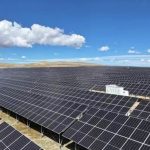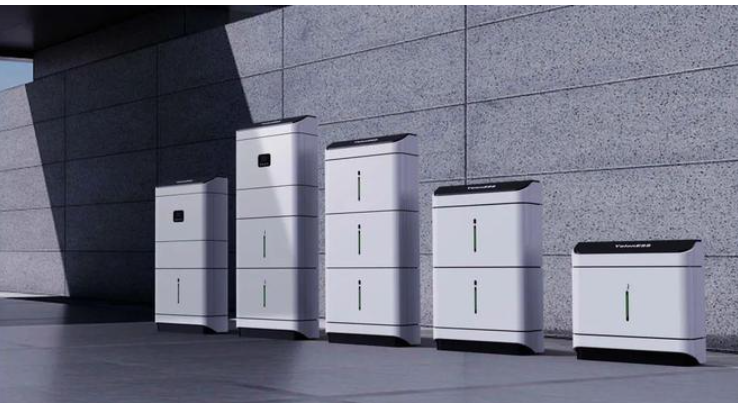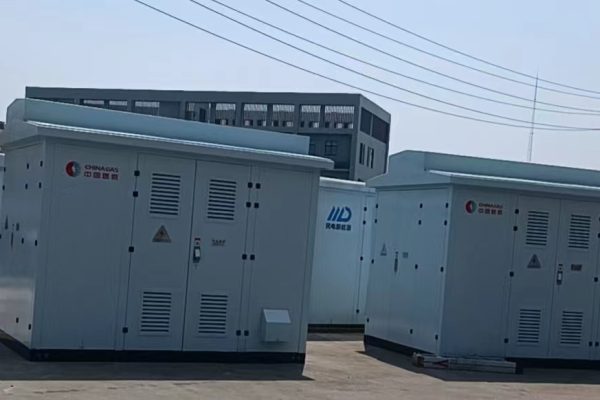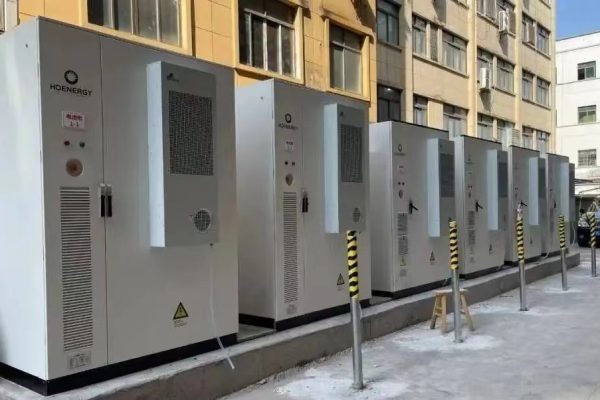1. Introduction
Choosing the right size for your home energy storage system (ESS) is key to maximizing value and avoiding overspending. In 2025, smarter tools and data-driven methods help homeowners size their systems more accurately.
2. Step-by-Step ESS Sizing Process
Step 1: Analyze Your Energy Use
- Collect 12 months of electricity bills
- Look at daily, monthly and seasonal variations
- Determine average daily consumption (e.g., 20kWh/day)
Step 2: Define Your Storage Goal
- Backup only: 1–2 days of critical loads (e.g., 5–10kWh)
- Solar self-consumption: Match battery to daily solar surplus
- Off-grid: Full daily load + 2–3 days reserve (e.g., 40–60kWh)
Step 3: Consider Inverter Compatibility
- DC- or AC-coupled?
- Hybrid inverter model?
- Max supported battery voltage/current?
Step 4: Battery Chemistry & Depth of Discharge (DoD)
| Chemistry | Usable DoD | Cycle Life | Notes |
| LFP | 90–95% | 6000+ | Most popular |
| NMC | 85–90% | 3000–5000 | Higher density |
Step 5: Add Safety Margins
- 10–20% extra capacity for buffer
- Consider weather/seasonal variations
3. Real-World Example (2025)
- Daily use: 15kWh
- Goal: Self-consumption + 1-day backup
- Suggested battery: 15kWh × 1.2 (buffer) = 18kWh
Paired with:
- Solar array: 5–6kW
- Hybrid inverter: 6kW (2 MPPT)
4. Software Tools
- Victron VRM
- SolarEdge Designer
- Solargraf
5. Conclusion
Proper ESS sizing saves money and avoids frustration. Use real data, add safety margins, and consult experts to get it right.
👉 Get help designing your ESS at gr-newenergy.com.









